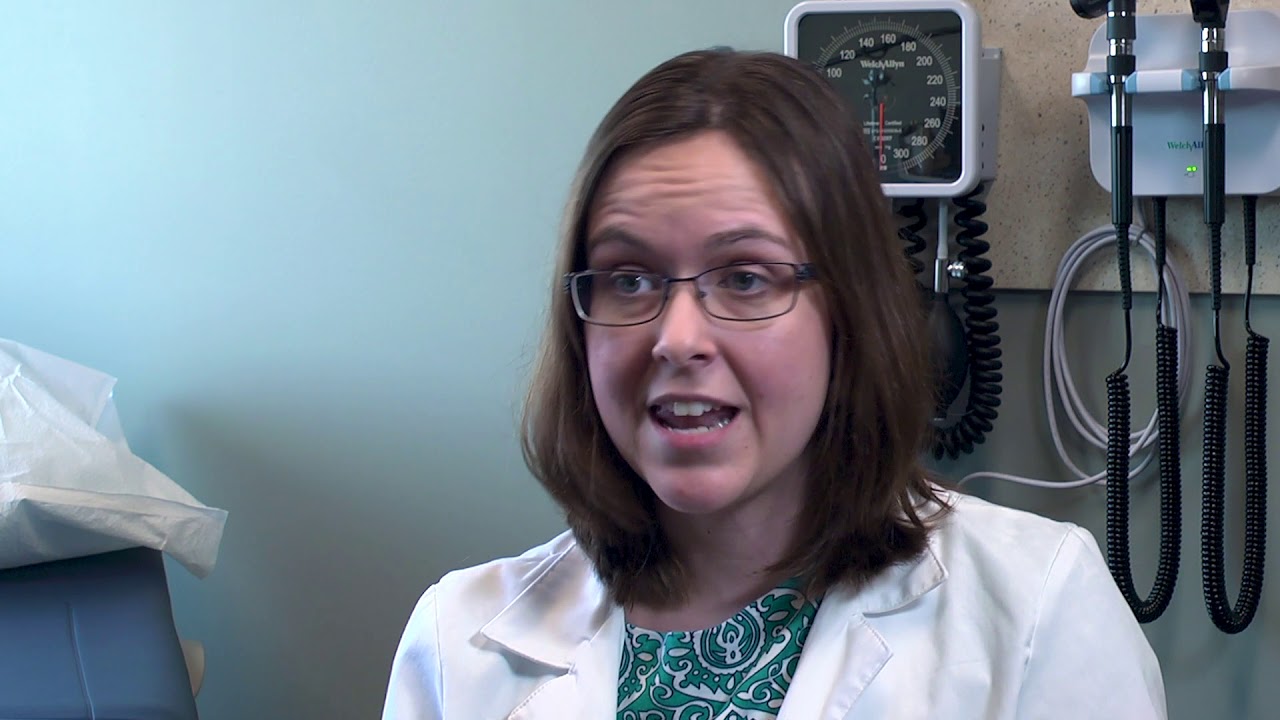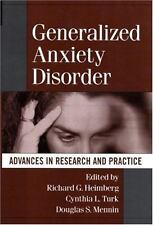Explain generalized anxiety disorder, panic disorder, and social anxiety. disorder?

Three common types of anxiety include generalized anxiety disorder, panic disorder, and social anxiety disorder.
Premier Physician Networks Dr. Heather Markwell talks more about these disorders and the symptoms of each.
Anxiety disorders can significantly impact a person’s daily life and relationships.
Generalized anxiety disorder (GAD), panic disorder, and social anxiety disorder (SAD) are three common forms of psychiatric conditions that cause discomfort, stress, and intense fear in sufferers.
GAD is a condition characterized by excessive and irrational fear and worry about daily life events, such as work, health, relationships, and finances. People with GAD constantly worry about things, even when there is no actual danger or threat. They may suffer from anxiety symptoms such as sweating, trembling, headache, muscle tension, and insomnia. GAD can take a toll on one’s life, affecting their physical health, social relationships, and job performance.
Panic disorder, on the other hand, is a sudden and intense feeling of fear or discomfort that peaks within minutes. People with panic disorder often experience recurrent panic attacks, which are episodes of intense fear or dread that can lead to physical symptoms like chest pain, palpitations, rapid breathing, sweating, and dizziness. Panic attacks can be so intense and frightening that they force people to avoid certain situations or places that may trigger them.
SAD is a persistent fear or anxiety about social situations. People with SAD fear being scrutinized, judged, or humiliated in social settings or situations. They avoid or fear situations such as meeting new people, giving presentations, eating in public, or engaging in activities that require social interaction. People with SAD often suffer from physical symptoms such as blushing, sweating, trembling, and nausea, which can interfere with their social lives and daily activities.
All three disorders have different symptoms, causes, and treatments. In general, anxiety disorders are caused by a combination of genetic, environmental, and psychological factors. A stressful life event, medical condition, or substance abuse can trigger or worsen the symptoms. Treatments for anxiety disorders include psychotherapy, medication, or a combination of both. Cognitive-behavioral therapy (CBT) is the most effective form of psychotherapy for anxiety disorders, helping people to change their negative thoughts and behaviors and learn coping skills. Antidepressants, anti-anxiety medications, and beta-blockers can also help alleviate anxiety symptoms.
To summarize, GAD, panic disorder, and SAD are three common forms of anxiety disorders that affect millions of people worldwide. These conditions can cause intense fear, worry, and discomfort, interfering with one’s daily activities and quality of life. Treatment for anxiety disorders is available, and seeking professional help is essential for recovery.










Six Lies That Block Your Spiritual Awakening & Keep You Trapped In The Third Dimension
“I’m Half The Man I Used To Be”
Healthy Vegan School Lunch Ideas – BENTO BOX
Man Hijacks NYC Trains Over 100 Times
We’re Inside A Larger Organism